
Iso buffer serial to parallel converter
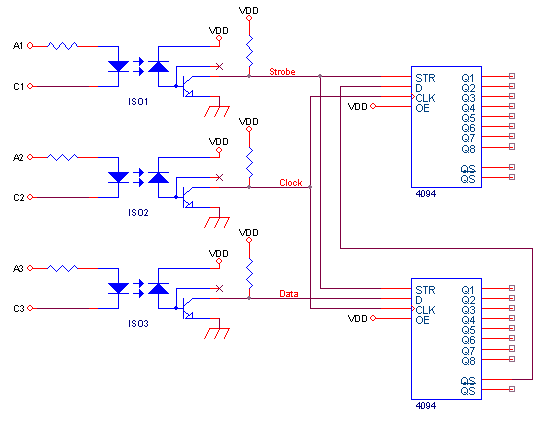
This circuit connects to a single parallel port, enabling control of electronic circuits that require up to 96 digital outputs with optically isolated lines, powered by 3 to 15V. The CD4094B is an 8-bit shift register combined with an 8-bit latch. Data is shifted serially through the shift register on the positive edge of the clock signal. The output of the last stage (QS) can be utilized to cascade multiple devices. The output from each stage of the shift register feeds into a latch, which captures data on the negative edge of the strobe input. When the strobe signal is high, data propagates through the latch to the output gates. The total time required for this operation is approximately 50 microseconds; however, using higher speed LPTs, the limit is reduced by the optocouplers to around 20 microseconds. Up to six of these CD4094 chains can be connected to a single LPT using a common clock and strobe pin. It is important to note that optocouplers are not high-speed components. In the accompanying image, a digital input signal to the LED pin (lower trace) and transistor output voltage are illustrated: the transition time is about 500 nanoseconds, and the maximum clock frequency is approximately 2 MHz. There is a challenge with this simple cable setup: LPT pins 2 and 3 must source enough current to illuminate up to six LEDs, one for each connector. Each LED requires about 16 mA, and some LPTs can only source 20-30 mA. Additionally, if a portable PC is used, the current may be even lower. Therefore, this connection functions optimally only with high-current parallel ports and when a limited number of chains are connected. Otherwise, an "active version" of the cable is necessary. The maximum power supply current is about 300 mA, but typical usage is around 150 mA with six chains connected. If the power supply voltage exceeds 10V, a suitable heat sink is required for the voltage regulator.
This circuit configuration provides a versatile solution for controlling multiple electronic devices through a parallel port interface. The CD4094B components allow for efficient data handling, with the shift register facilitating serial data input and the latch ensuring that data is accurately captured and maintained for output. The cascading capability of the CD4094B enables the expansion of the circuit to accommodate additional devices, making it suitable for complex applications requiring numerous outputs.
The design emphasizes the importance of current limitations inherent in parallel port connections. The need for a high-current parallel port is critical when driving multiple LEDs, as the current sourced by the LPT may not suffice for all connected devices. Consequently, the implementation of an active cable version becomes necessary when exceeding the specified limits, particularly in scenarios involving low-current parallel ports or multiple chains.
In terms of performance, the circuit can achieve a maximum clock frequency of 2 MHz, with a transition time of approximately 500 ns, ensuring rapid data transmission. However, the use of optocouplers introduces a delay that must be accounted for, particularly in applications requiring high-speed operation. The total time for data propagation through the latch and to the outputs is a crucial consideration in the design, ensuring that timing requirements are met for reliable operation.
Power management is also a significant aspect of this circuit. The specified maximum power supply current of 300 mA, with typical usage around 150 mA, indicates the need for careful power distribution among the connected devices. When using a power supply voltage greater than 10V, the inclusion of a heat sink for the voltage regulator is essential to prevent overheating and ensure stable operation.
Overall, this circuit design effectively utilizes the capabilities of the CD4094B shift register and latch, while addressing potential challenges related to current sourcing, speed limitations, and thermal management, making it a robust solution for interfacing with parallel port-controlled electronic circuits.Using this circuit you will connect to a single parallel port electronic circuits requiring up to 96 digital output, optically insulated lines, 3 to 15V powered. The CD4094B consists of an 8-bit shift register and a 8-bit latch. Data is shifted serially through the shift register on the positive transition of the clock. The output of the last stag e (QS) can be used to cascade several devices. The output of each stage of the shift register feeds a latch, which latches data on the negative edge of the strobe input. When strobe is high, data propagates through the latch to output gates. Total time required is about 50 us but using higher speed LPT limit values is set by optocouplers to about 20 us.
You can connect to a single LPT up to six of these CD4094 chains using a common clock and strobe pin. Note that optocouplers are not high speed components. In following image, you can see a digital input signal to led pin (lower trace) and transistor output voltage: transition time is about 500 ns and maximum frequency clock is about 2 MHz.
Using this simple cable there is a problem: LPT pin 2 and 3 should source current to light up to six led, one for each connector. A single LED require about 16 mA and some LPT can source no more then 20-30 mA. And if you use a portable PC current may be lower! So this connection work fine only using high current parallel port AND if you connect only a small number of chains.
Otherwise you need an " active version " of cable. Maximum power supply current is about 300 mA but in normal use is 150 mA with six chains connected. If voltage power supply is greater the 10 V a suited heat sink is required for voltage regulator. 🔗 External reference
This circuit configuration provides a versatile solution for controlling multiple electronic devices through a parallel port interface. The CD4094B components allow for efficient data handling, with the shift register facilitating serial data input and the latch ensuring that data is accurately captured and maintained for output. The cascading capability of the CD4094B enables the expansion of the circuit to accommodate additional devices, making it suitable for complex applications requiring numerous outputs.
The design emphasizes the importance of current limitations inherent in parallel port connections. The need for a high-current parallel port is critical when driving multiple LEDs, as the current sourced by the LPT may not suffice for all connected devices. Consequently, the implementation of an active cable version becomes necessary when exceeding the specified limits, particularly in scenarios involving low-current parallel ports or multiple chains.
In terms of performance, the circuit can achieve a maximum clock frequency of 2 MHz, with a transition time of approximately 500 ns, ensuring rapid data transmission. However, the use of optocouplers introduces a delay that must be accounted for, particularly in applications requiring high-speed operation. The total time for data propagation through the latch and to the outputs is a crucial consideration in the design, ensuring that timing requirements are met for reliable operation.
Power management is also a significant aspect of this circuit. The specified maximum power supply current of 300 mA, with typical usage around 150 mA, indicates the need for careful power distribution among the connected devices. When using a power supply voltage greater than 10V, the inclusion of a heat sink for the voltage regulator is essential to prevent overheating and ensure stable operation.
Overall, this circuit design effectively utilizes the capabilities of the CD4094B shift register and latch, while addressing potential challenges related to current sourcing, speed limitations, and thermal management, making it a robust solution for interfacing with parallel port-controlled electronic circuits.Using this circuit you will connect to a single parallel port electronic circuits requiring up to 96 digital output, optically insulated lines, 3 to 15V powered. The CD4094B consists of an 8-bit shift register and a 8-bit latch. Data is shifted serially through the shift register on the positive transition of the clock. The output of the last stag e (QS) can be used to cascade several devices. The output of each stage of the shift register feeds a latch, which latches data on the negative edge of the strobe input. When strobe is high, data propagates through the latch to output gates. Total time required is about 50 us but using higher speed LPT limit values is set by optocouplers to about 20 us.
You can connect to a single LPT up to six of these CD4094 chains using a common clock and strobe pin. Note that optocouplers are not high speed components. In following image, you can see a digital input signal to led pin (lower trace) and transistor output voltage: transition time is about 500 ns and maximum frequency clock is about 2 MHz.
Using this simple cable there is a problem: LPT pin 2 and 3 should source current to light up to six led, one for each connector. A single LED require about 16 mA and some LPT can source no more then 20-30 mA. And if you use a portable PC current may be lower! So this connection work fine only using high current parallel port AND if you connect only a small number of chains.
Otherwise you need an " active version " of cable. Maximum power supply current is about 300 mA but in normal use is 150 mA with six chains connected. If voltage power supply is greater the 10 V a suited heat sink is required for voltage regulator. 🔗 External reference
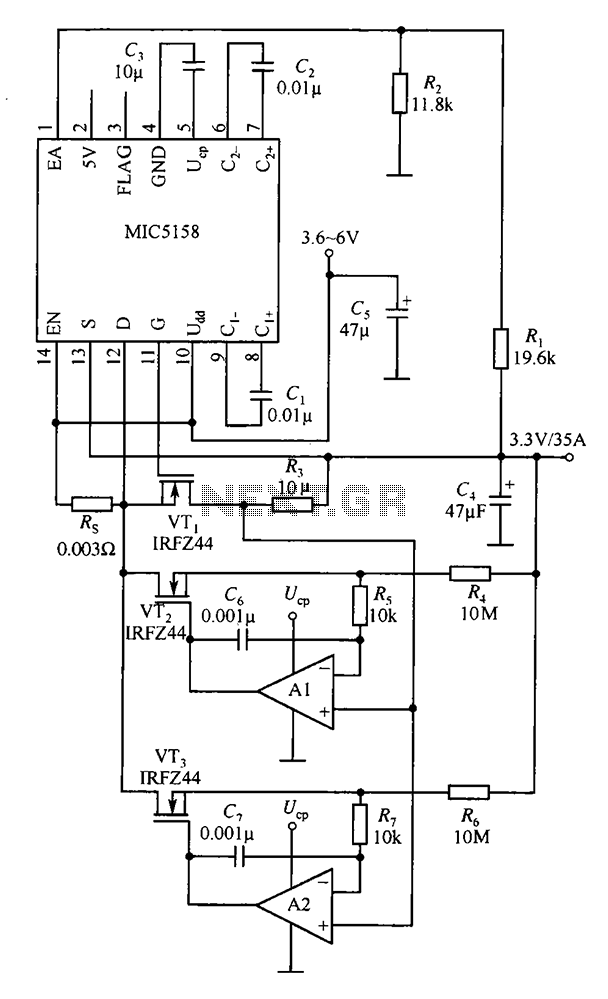
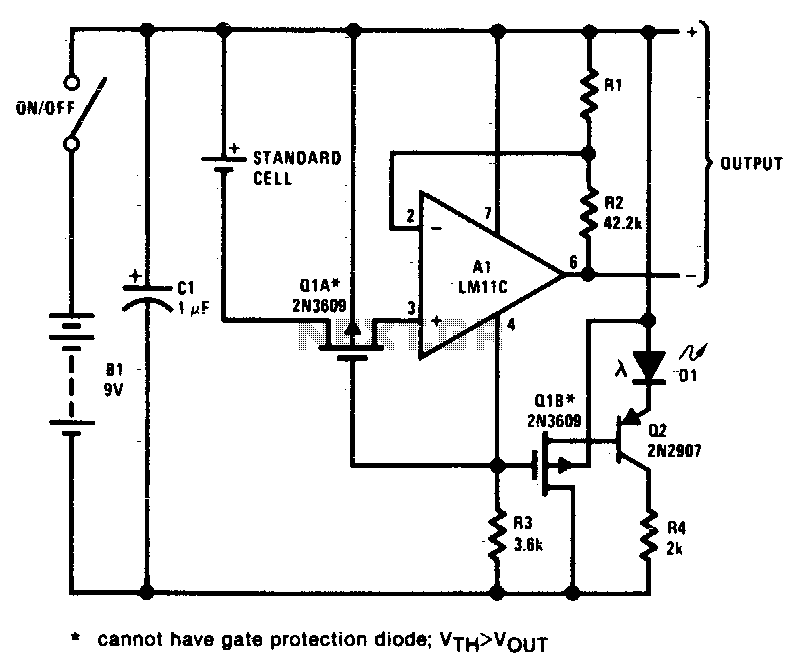
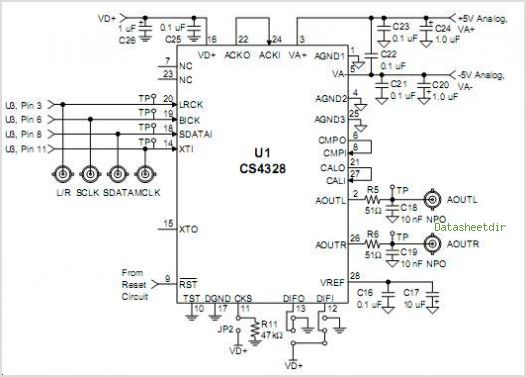

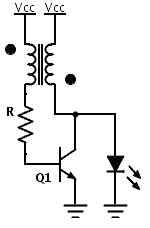
.jpg)